Ground shipping is currently paused. Local deliveries throughout Long Island will continue as usual. Pre-orders for fall are now open. Non-local orders will begin shipping again in early September. Click here to learn more.
Please be aware that all shipping will be suspended on December 22 and will resume January 5. Dismiss
Skip to contentGround shipping is currently paused. Local deliveries throughout Long Island will continue as usual. Pre-orders for fall are now open. Non-local orders will begin shipping again in early September. Click here to learn more.
| Size | |
|---|---|
| Type | |
| Family | |
| Native? | |
| Zone | 3, 4, 5, 6, 7 |
| Height Range (ft.) | 3.00 to 6.00 |
| Spread (ft.) | 5.00 to 8.00 |
| Bloom Time | |
| Bloom Description | Non-Flowering |
| Sun | |
| Water | |
| Maintenance | |
| Suggested Use | |
| Tolerate | |
| Attracts |
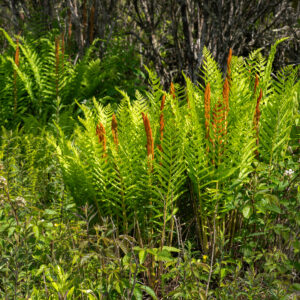
Matteuccia struthiopteris – Ostrich Fern is a tall, spreading fern with feathery fronds that thrive in moist, shaded areas. Perfect for woodland gardens or naturalizing near water features, it offers bold foliage, low maintenance, and edible fiddleheads.
$12.99 – $17.99Price range: $12.99 through $17.99
Please note: Sizes 1.5 Gallon and up can’t be shipped outside the counties of Nassau, Suffolk, and Queens.
Learn more about how the process works and how our plants are delivered.
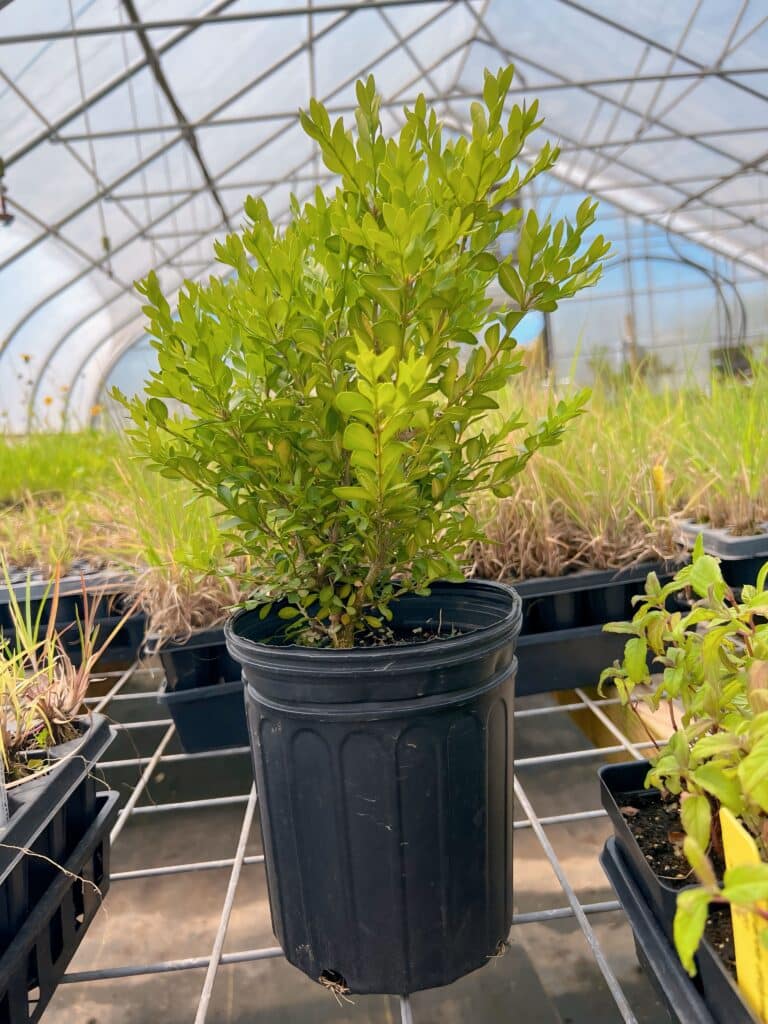
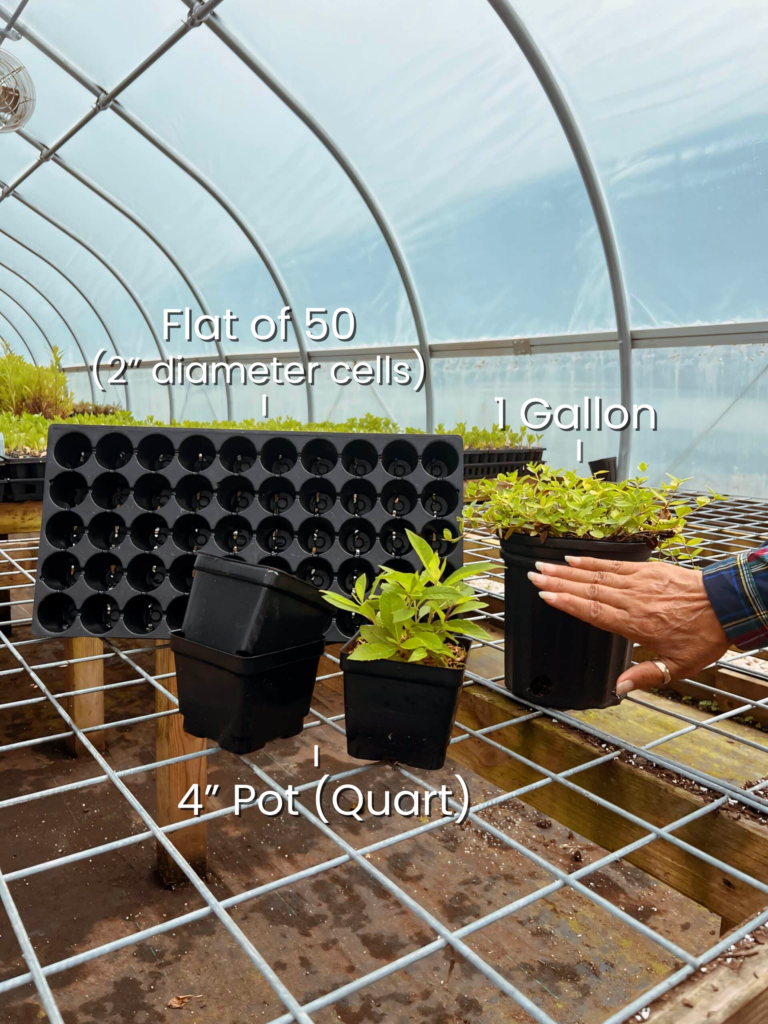
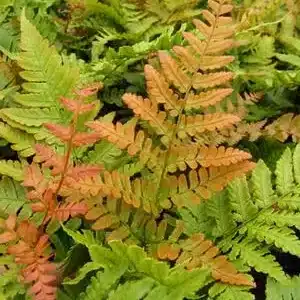
Ground shipping is paused due to summer heat. Only local delivery (Long Island & Queens) is available. Orders placed during the pause will begin processing September 1, and ground shipping will resume September 15.
| Size | |
|---|---|
| Type | |
| Family | |
| Native? | |
| Zone | 3, 4, 5, 6, 7 |
| Height Range (ft.) | 3.00 to 6.00 |
| Spread (ft.) | 5.00 to 8.00 |
| Bloom Time | |
| Bloom Description | Non-Flowering |
| Sun | |
| Water | |
| Maintenance | |
| Suggested Use | |
| Tolerate | |
| Attracts |
Bring bold, elegant greenery to your garden with Matteuccia struthiopteris, commonly known as Ostrich Fern. This stunning deciduous fern features tall, arching fronds that resemble ostrich plumes, creating a lush, tropical appearance in shaded or partially shaded spaces. Perfect for woodland gardens, shaded borders, or as a dramatic groundcover, Ostrich Fern thrives in moist, well-drained soils and spreads quickly via underground rhizomes. Its vibrant green fronds add texture and movement to the garden, while its fiddleheads, also known as “crosiers,” are edible when harvested young, making it both ornamental and functional.
Ostrich Fern is ideal for adding height and texture to woodland gardens, shaded borders, or areas near water features. Use it to naturalize moist spaces like streambanks or rain gardens, where its spreading habit helps stabilize soil. Pair it with other shade-loving plants like Hostas, Astilbes, or Foamflowers for a layered, dynamic planting. Its bold fronds also create a striking contrast against finer-textured plants, making it a dramatic focal point in shaded landscapes.
Matteuccia struthiopteris improves garden ecosystems by stabilizing soil in wet areas, reducing erosion, and providing cover for small wildlife. Its dense growth helps suppress weeds, while its edible fiddleheads offer a sustainable, seasonal food source.
Enhance your garden with the bold beauty and ecological value of Matteuccia struthiopteris – Ostrich Fern. This resilient, fast-growing fern brings texture, lush greenery, and multi-functional appeal to your landscape.
/5
Total reviews
|
|
Persons recommended this product
Anonymous
Shopper
check_circle Verified
Shop owner replied
Was this helpful
Anonymous
Shopper
check_circle Verified
Shop owner replied
Was this helpful
There are no reviews yet.
Be the first to review “ ”
Your feedback helps us improve our service.
Please log in to submit a review.
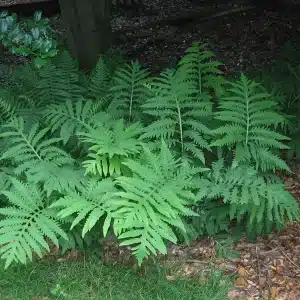
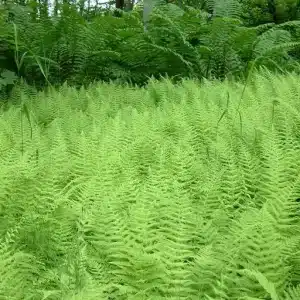
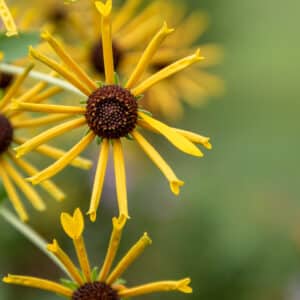
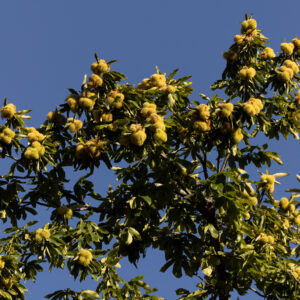
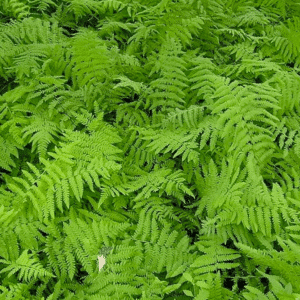
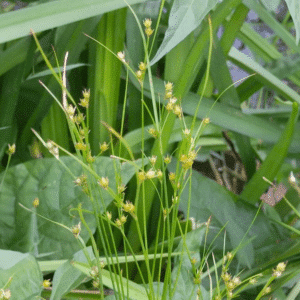
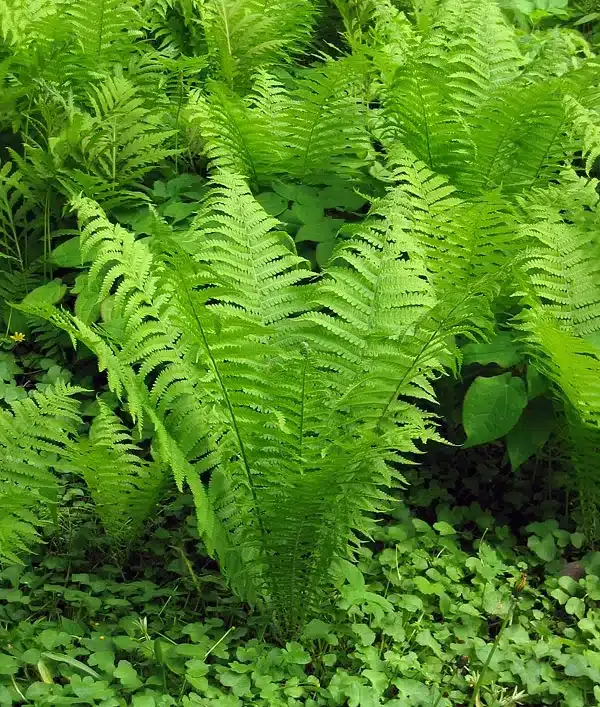
Ostrich Fern thrives in partial to full shade and prefers moist, rich, well-drained soil. It naturally grows in woodlands and along streambanks, so it performs best in areas that stay evenly moist. Mulching helps maintain soil moisture and cool root conditions.
Ostrich Fern can reach up to 3–6 feet tall and 3–4 feet wide. It forms graceful, vase-shaped clumps of bright green fronds that resemble ostrich plumes. In the right conditions, it will slowly spread via underground rhizomes, creating a lush, dramatic effect in shade gardens.
Ostrich Fern is not invasive, but it does spread steadily by underground rhizomes. In moist, shaded areas, it can form colonies over time. It’s well-suited to naturalized plantings or woodland borders, but may need some control in smaller, formal beds.
Yes, Ostrich Fern is deer-resistant. Its coarse, fibrous foliage makes it generally unappealing to deer and rabbits, making it a reliable choice for shaded gardens in areas with browsing pressure.
Plant Ostrich Fern in spring or early fall, giving it time to establish roots before extreme weather. Space plants about 2–3 feet apart to allow room for spread. Water regularly until established, and maintain a layer of mulch to help retain moisture and suppress weeds.
Our gift cards make it easy to share the beauty of plants, flowers, and all things green. Whether for a special occasion or just because, give the gift of choice and let them select their favorites to create a garden they’ll cherish.

Only Local Delivery Available (Long Island & Queens)
Ground Shipping Paused
To protect our plants from extreme summer heat, we’ve paused nationwide ground shipping to avoid any damage during transit.
Local Delivery Only
We’re still delivering locally to Long Island and Queens, so nearby customers will continue to receive orders as usual.
Fall Pre-Orders Are Open Nationwide!
We will resume normal shipping for non-local orders placed during the pause in early September.
Thank you for your support and understanding—we’re looking forward to growing with you this fall!

Shipping Paused
Please be aware that all shipping will be paused on December 22.
Any orders placed after that time will be fulfilled when we resume operations in January 2025.